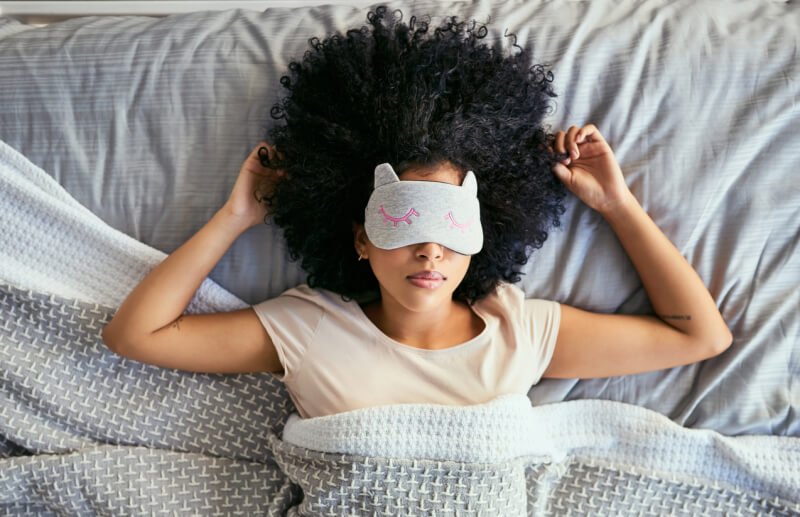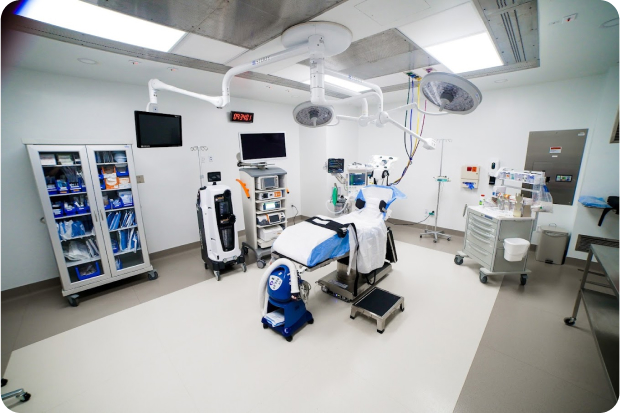 OUR LOCATIONSCall to book (212) 604-1300
OUR LOCATIONSCall to book (212) 604-1300
 OUR LOCATIONSCall to book (212) 604-1300
OUR LOCATIONSCall to book (212) 604-1300

Having a good posture isn’t just limited to standing and sitting straight. The sleeping posture is also extremely important in keeping a healthy spine and avoiding back problems. Sleeping in the right position also helps relieve back pain in both the upper and lower back.
So what is the best sleep posture that helps alleviate upper back pain? People with acute or chronic pain in their upper back should try sleeping on their back, on their back in a reclined position, on the side with legs straight, on the side with legs bent, and on the stomach.
According to the American Chiropractic Association, back pain is a common condition that affects around 31 million Americans every year. While back pain and sciatica can be symptoms of serious spine problems, the majority of back pains are caused by strain from poor posture, poor lifestyle habits, and poor sleeping position.
If upper back pain is keeping you up at night, here are some of the best sleeping positions to try for back pain relief:
Sleeping on the back is the best way to maintain a neutral alignment of the spine, but only a few people sleep in this position. Adding a thin pillow while sleeping on the back helps people feel more comfortable during sleep, but it has to be placed in a strategic spot to keep the spine straight. Putting a small pillow under the head, neck, and under the knees provides more support for the body because it maintains the spine’s natural curve.
However, sleeping on the back might also have a few drawbacks for some people with certain conditions like:
Pregnant women often like sleeping upright or in a reclined position because it alleviates tension in the neck muscles and gives them relief from back pain. However, it’s not the best choice for most people because it puts excess strain on the lumbar spine and pelvic area.
Aside from pregnant women, people with isthmic spondylolisthesis may also find upper back pain relief by sleeping in this position. Spondylolisthesis is a spine condition in which a vertebra slips over the adjacent one.
People who sleep in a reclined position should use lumbar and horseshoe pillows to maximize their comfort. It’s also better to consider purchasing an adjustable bed to provide better support and alignment while sleeping in a reclined position.
Learn more: Upper Back Pain During Pregnancy
Sleeping on the side is another common sleeping position that’s helpful for people with sleep apnea. It’s the ideal sleeping posture for snorers too because it helps keep the airways open. But if you want to maximize comfort when sleeping on the side with the legs straight, always remember to keep the hips stacked.
Place a firm pillow between the knees to align the lower spine with the hips. This also prevents the leg on top from applying excess pressure on the lower back and pelvis. It’s also recommended to use a head pillow to raise the head and align it with the spine. A waist pillow or lumbar support cushion also helps maintain the alignment between the lower and upper back for better support.
Side sleepers are often advised to sleep on their left side to avoid acid reflux, but make sure to change sides now and then to avoid muscle strain on one side of the body. Sleeping on one side all the time causes many issues like scoliosis and muscle imbalance.
This position is also known as the fetal position. People who sleep on their side with their legs bent tuck their knees towards the chest. Some of them also curl their torso towards the knee. Sleeping in a fetal position helps people with herniated disc or spinal stenosis sleep better because curling the torso opens the space between their vertebrae.
Many people find this position extremely comfortable, but it’s important to use a thinner pillow and avoid curling too tight to prevent spine problems. Sleeping curled up into a ball prevents the upper back and neck from resting in a neutral position. It also results in uneven weight distribution, which further causes back pain and sore joints.
For pregnant women and other people who find the fetal position most comfortable, just remember to switch sleeping on both sides to minimize the uneven weight distribution. Doing so prevents the risk of developing serious spine and back problems.
Sleeping on the stomach isn’t a good option for relieving back pain most of the time. If anything, sleeping in this position might even add to the upper back, neck, or shoulder pain because it prevents the spine’s neutral alignment and adds excess strain on the neck. But people with degenerative disc disease might benefit from sleeping in this position because it relieves the pressure on the spaces between the discs.
If stomach sleeping is the most comfortable position for you, make sure to put the right size of pillow on the strategic places of the body to alleviate pressure off the neck and provide better support for the spine.

Regardless of which sleeping position is the most comfortable for every individual, it’s important to keep the spine aligned while sleeping. Always make sure to keep the ears, shoulder blade, and hips aligned for the best spine support. It’s also important to avoid twisting and turning too much in bed because it ruins the alignment of the body.
Aside from the sleeping position, here are other things to consider when it comes to catching a good night’s sleep:
Firm mattresses used to be the best option for people with back pain, but recent studies show that people who sleep on these kinds of mattresses often have the poorest sleep quality. But this doesn’t mean that extremely soft mattresses are the right choice because they might not provide the right amount of support that the back needs at night.
For people who are considering changing their mattress, it’s better to take this opportunity to buy a medium-firm to firm mattress with good-quality innerspring or memory foam. Those who can’t afford to buy a new mattress yet should consider buying a memory foam mattress topper instead to improve their sleep quality.
Mattresses are quite expensive and it’s hard to tell if something in the store is the right fit for you, which is why most firm mattress manufacturers let buyers test it out for some time. They also offer warranties, so make sure to consider these factors before purchasing a mattress.
Pillows are helpful when it comes to filling the gaps between the body and the bed. They’re also important for reducing the stress on the neck and other parts of the body, which is why you should pick the right height of pillow for you. Here’s how to pick the right kind of pillow depending on the individual’s sleeping position:
Tossing and turning at night makes people want to sleep in, but it’s more important to follow regular bedtimes as much as possible. Waking up at around the same time everyday helps the body develop a better sleeping pattern that contributes to good sleep quality.
Learn more: 9 Stretches for Upper Back Pain Relief
Almost everyone experiences upper back and neck pain at some point in their lives because of resting in the wrong sleep position. But if the morning pain in the upper neck persists, it might be a symptom of a more serious health condition that requires immediate treatment.
New York Pain Care is a pain management center that specializes in performing non-surgical treatments to help patients alleviate pain in the neck, upper back, and other areas of the body. Find out which treatment works best for you by consulting with one of our spine specialists today.
Learn more: How to Deal With Upper Back Pain After Sleeping






